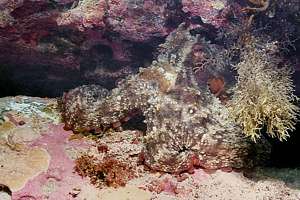 |
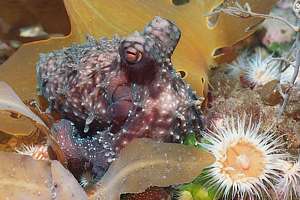 |
|
|
The intertidal rocky shoreidentifying molluscs of the rocky shorewww.seafriends.org.nz/enviro/rsmoll.htm
|
Note! for best printed results, read tips
for printing first. For suggestions and comments, please e-mail
the author.
-- Seafriends home -- habitat
chapter -- intro to rocky shore --
Rev:20070210,20070331,20070508,
| Molluscs
Molluscs are soft-bodied animals but most have a hard shell for protection. Molluscs come in a vast variety of form, from inkfish (like octopus) and seaslugs to sea snails and clams. |
 |
 |
| sea hares
Sea hares have large flaps covering their backs and gills. They also have large 'ears' for which they are called 'hares'. They also have large mouth flaps with which they can explore a wide swath for edible weeds. Being so vulnerable without a large protective shell, they are nonetheless not predated upon, presumably because they taste foul. All sea hares are voracious grazers and prolific spawners. Like octopus, sea hares can squirt ink when frightened. All sea hares carry a remnant of a shell under their folds. By opening the folds gently while sliding one's finger over its skin, one can feel the thin shell. If the sea hare co-operates, it can even be seen. For a parade of NZ sea hares, visit www.seafriends.org.nz/indepth/sea_hares.htm. |
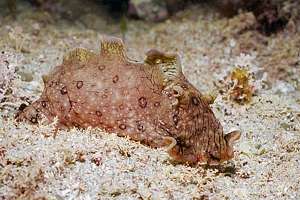 |
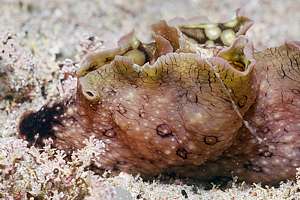 |
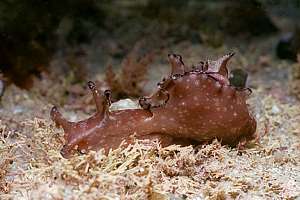 |
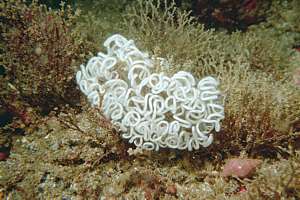 |
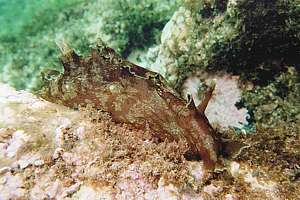 |
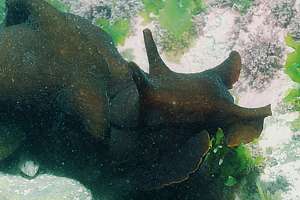 |
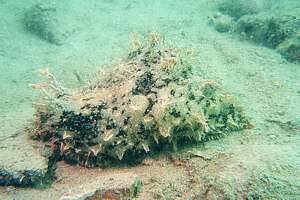 |
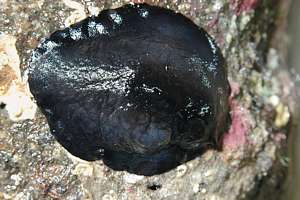 |
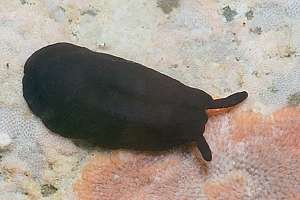 |
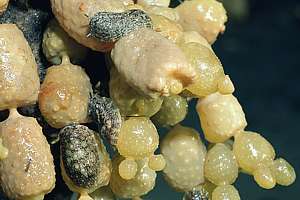 |
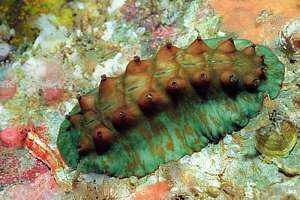 |
| Nudibranchs (naked gills) are the sea slugs of the sea, a crown of evolution. Finding them in rock pools is always exciting. Little is known about them because they do not occur in vast numbers. Most are thought to be specialist feeders, depending on a specialised diet. |
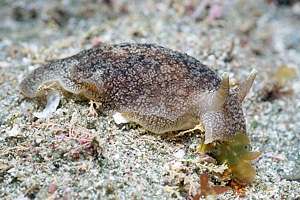 |
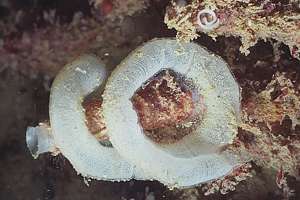 |
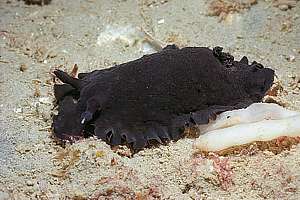 |
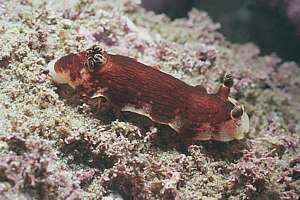 |
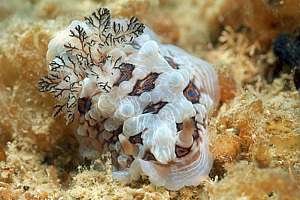 |
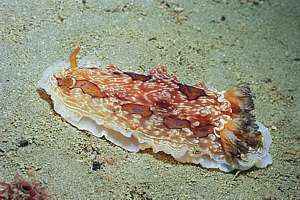 |
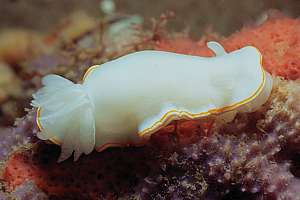 |
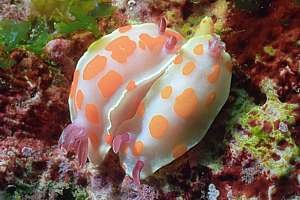 |
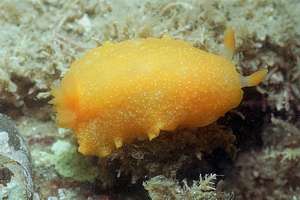 |
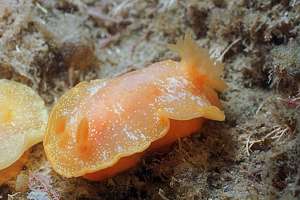 |
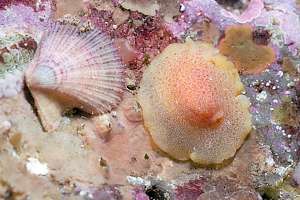 |
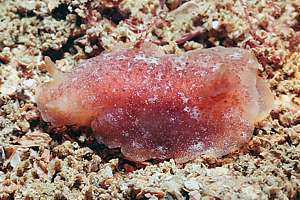
f040034: lemon doris? (Dendrodoris citrina ?) |
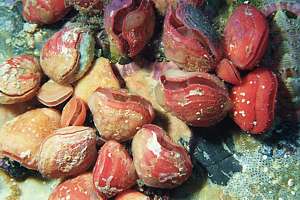 |
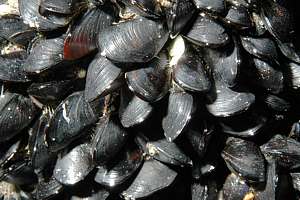 |
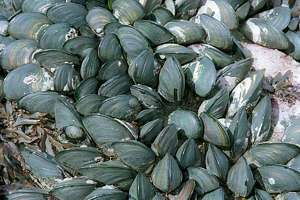 |
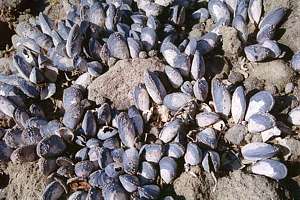 |
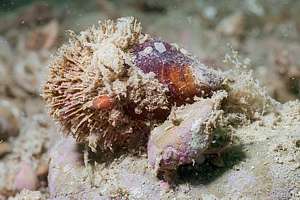 |
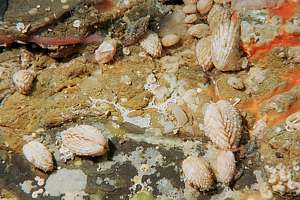 |
 |
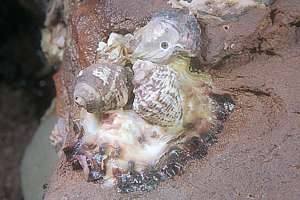 |
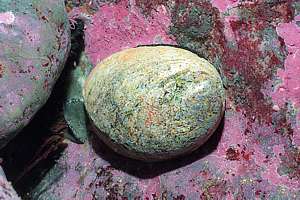 |
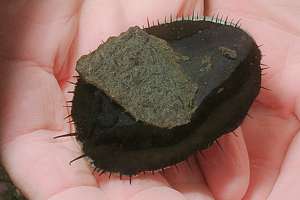 |
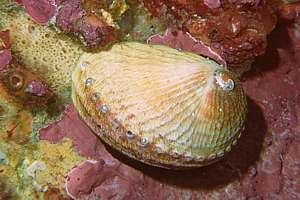 |
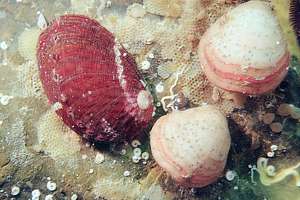 |
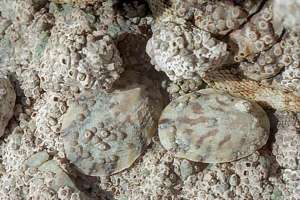 |
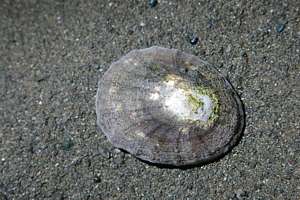 |
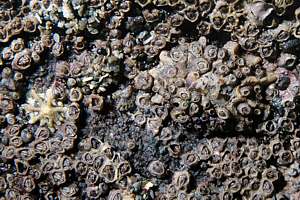 |
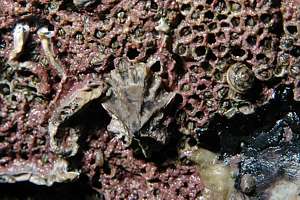 |
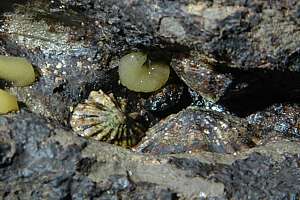 |
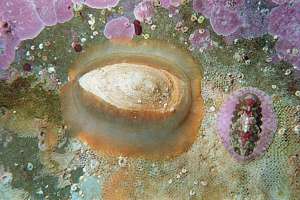 |
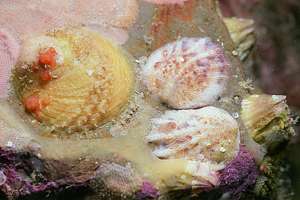 |
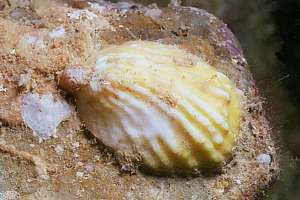 |
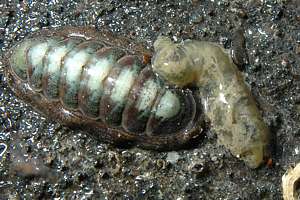 |
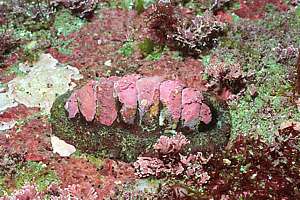 |
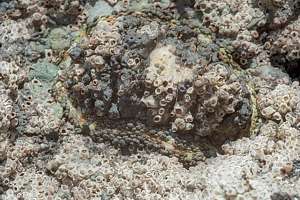 |
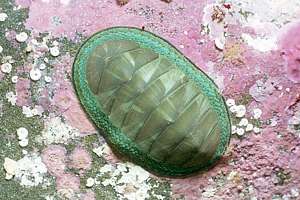 |
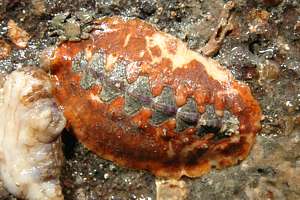 |
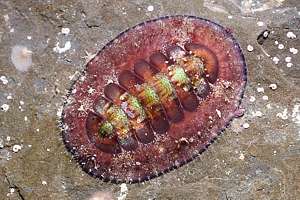
f036920: (Onithochiton neglectus ?) |
 |
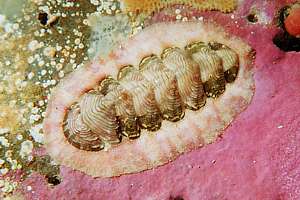
f018924: the tree-ring or etched chiton (Onithochiton neglectus) has variable colours from a pink girdle and yellow valves to a purplish girdle with green valves. Its valves have a tree ring growth pattern. |
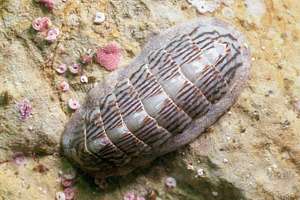 |
 |
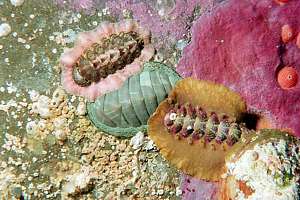
f018917: a variety of chitons. From left to right: the tree ring chiton, green chiton, violet chiton and a radiate limpet. |
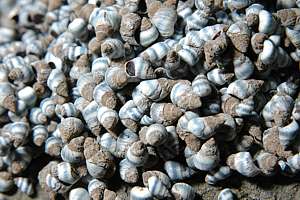 |
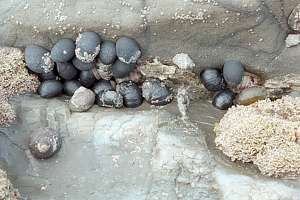 |
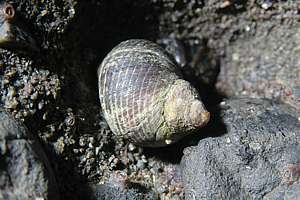 |
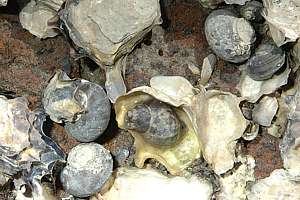 |
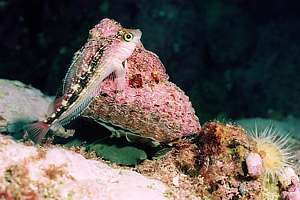 |
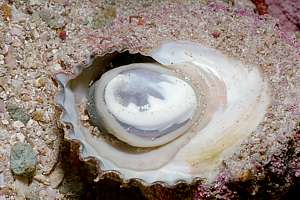 |
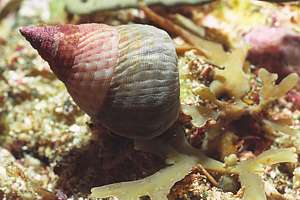 |
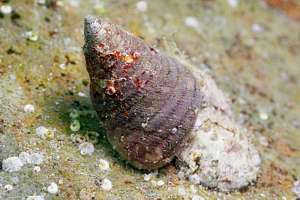 |
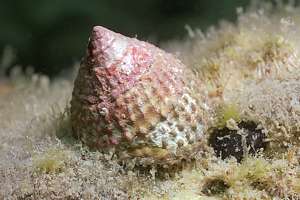 |
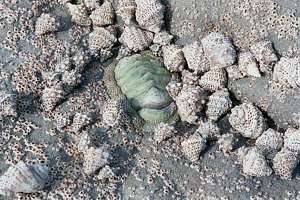 |
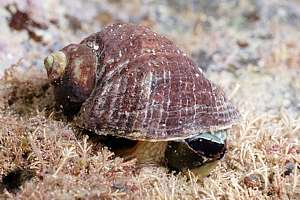 |
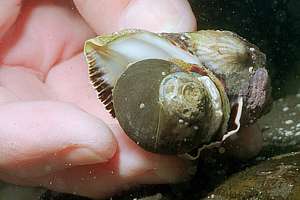 |
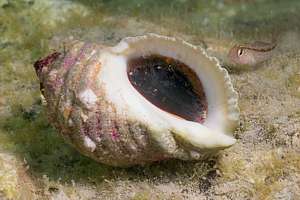 |
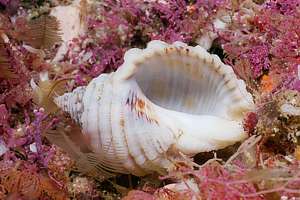 |
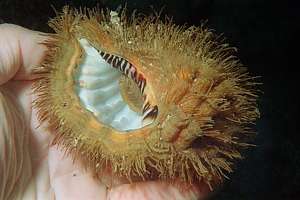 |
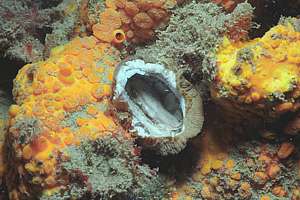 |
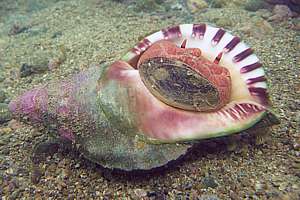 |
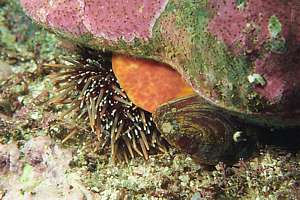 |
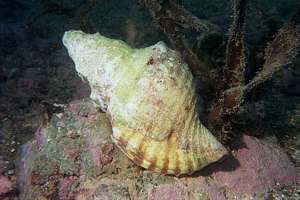 |
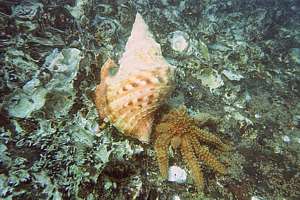 |
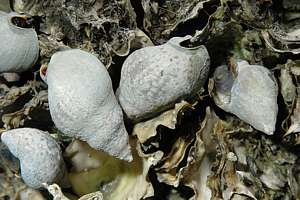 |
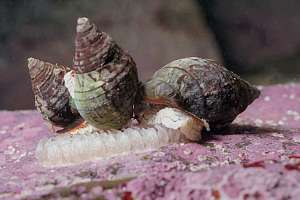 |
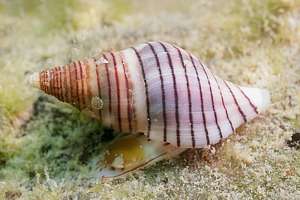 |
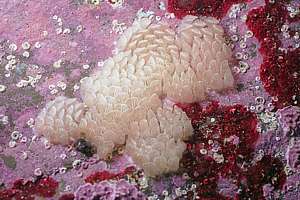 |